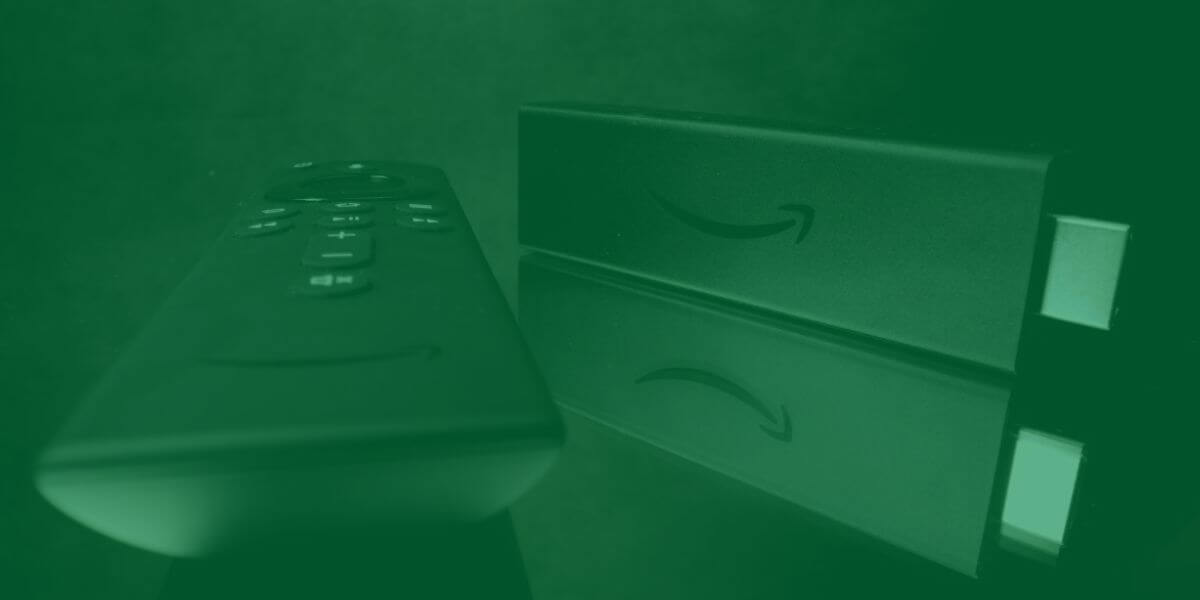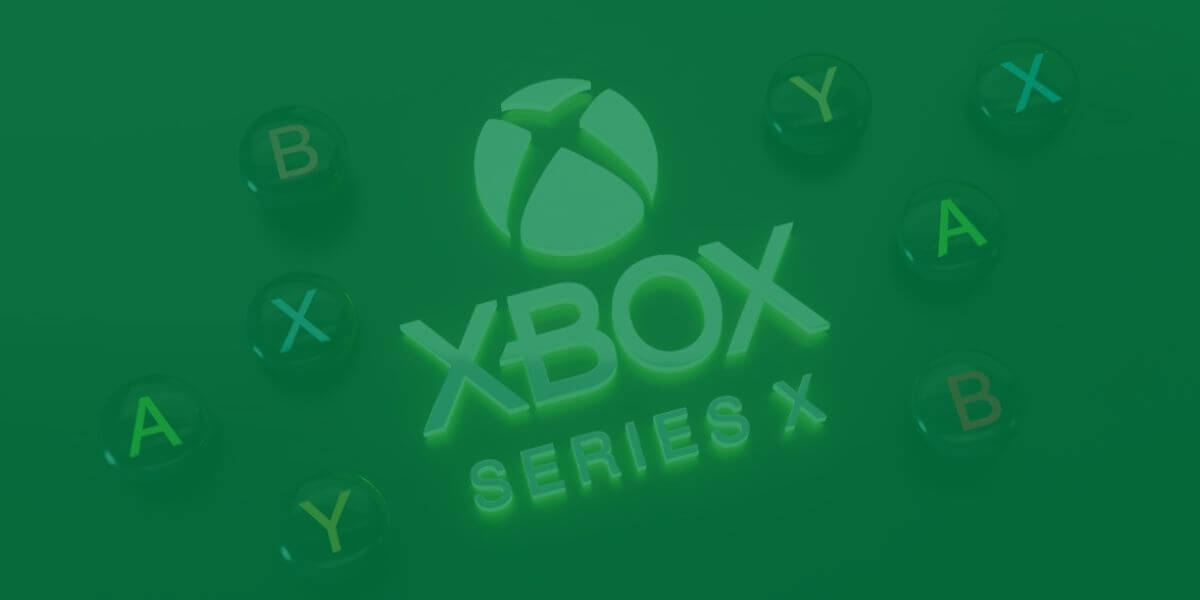Lower your internet bill
61% of people overpay for their internet.
Are you one of them?
Unlock exclusive offers in your area!
Call now
[tel]Enter zip code
1 Star is Poor & 5 Stars is Excellent.
* Required

Written by Rosslyn Elliott - Pub. Mar 18, 2024 / Updated Oct 23, 2025
Table of Contents
Are you happy with your Internet service?

About the author
Are you craving a truly cinematic viewing experience? Tired of blurry or murky video?
4K streaming will bring crystal-clear, lifelike movies and sports right in your living room. But is it worth the investment?
Once upon a time, people loved to brag about the physical size of their TV sets.
Back in the 1980s, a “home movie theater” often depended on a gigantic, heavy TV box that could weigh hundreds of pounds [1]. The image quality was shockingly low by today’s standards.
But the invention of LCD technology for TV monitors changed everything [2].
Now, we don’t just talk about TV screen size. We also talk about image quality, which depends on high resolution.
Before the early 2000s, all television was lower resolution. U. S. households used Standard Definition (SD) TVs and broadcasts were all in SD.
By 2006, 34% of U.S. households had switched to High Definition (HD) TVs [3].
After the FCC required that TV stations use only digital TV signals in 2009, it only took until 2014 for all major TV broadcasts to change to a High Definition (HD) format [4, 5].
And HD technology continued to advance during the next decade. Now, we can choose 4K streaming, also known as Ultra HD.

Digital TV replaced analog TV
4K streaming is the best video quality that is widely available in today’s market.
4K packs an astonishing 8.3 megapixels into every frame. With over 8 million pixels, 4K videos look incredibly sharp, vivid, and detailed – even on larger screens.
So why is why 4K streaming so much better? Let’s run through the different types of video streaming that came before it and may follow it.
Standard definition (SD, or 480p) is the lowest quality, delivering only 0.3 megapixels per frame. It still works for older devices, but SD content looks blurry, pixelated, and outdated by today’s standards.
An upgrade from SD, HD (or 720p) stepped up the game with 0.9 megapixels. A solid option for most modern devices, HD still can’t match the crispness of higher resolutions on larger displays.
Entering the realm of Full HD (1080p), we rise to 2.1 megapixels – a significant leap in image quality. This resolution remains the industry standard for many streaming services and broadcasts.
4K/Ultra UD (2160p) took a big leap beyond the quality of Full HD. 4K quadrupled the number of pixels per frame by introducing 8.3 megapixels. When you are used to Full HD, a change to 4K is almost shocking. It’s like having a window to another 3D reality.
8K is not yet widely available for streaming, but 8K is the future frontier with a staggering 33.2 megapixels. But there is very little content available in 8K, so your choice is really between Full HD and 4K Ultra HD right now.
Many experts do not even think 8K will be very useful, as the quality of 4K is already so high that 8K won’t make a difference on ordinary-sized home TV screens. Will Greenwald of PC Magazine reported that “the TV industry itself has cooled significantly on 8K as a viable consumer product category” [6].
| Screen Resolution | Vertical Pixels | Horizontal Pixels | Megapixels per Frame |
| Standard Definition (SD) | 480p | 720p | 0.3 million |
| High Definition (HD) | 720p | 1280p | 0.9 million |
| Full HD | 1080p | 1920p | 2.1 million |
| 4K Ultra HD | 2160p | 3840p – 4096p | 8.3 million |
| 8K Ultra HD | 4320p | 7680p | 33.2 million |
One more thing: why is Ultra HD called 4K? What does that number have to do with anything about the technology?
Well, technology labels like to get tricky. So, our resolutions given in pixels in the above list (460p, 720p, 1080p, 2160p), are all based on the VERTICAL pixel count for each type of definition.
But just to confuse everybody, the industry decided to base the name “4K” on its HORIZONTAL pixel count.
You know that “K” is the standard abbreviation for “thousand.” So, when you see the term 4K, it means “4 thousand” and refers to the approximate horizontal pixel count for each frame.
So, the resolution is about 4,000p x 2160p.
But however they slice and dice the numbers for labels, 4K’s resolution is way, way higher than Full HD.
To unlock 4K’s full potential, three key factors must align: the source, your device, and a robust internet speed.
The source, whether it’s Netflix, YouTube, Amazon Prime Video, or other streaming platforms, plays a crucial role in determining if 4K content is available. Not all sources offer 4K streaming, and even those that do may only have a limited selection of 4K titles. Additionally, some platforms may charge extra fees for accessing their 4K content libraries.
Your streaming device, whether it’s a smart TV, streaming stick, gaming console, or another device, needs to be compatible with 4K resolution and have a 4K display. Not all devices support 4K streaming or have 4K displays, even if they’re relatively new models. Older devices may not have the necessary hardware or software to handle 4K content.
A robust internet connection with sufficient speed is crucial for enjoying buffer-free 4K streaming. Slower speeds may result in buffering, resolution downscaling, or other issues that can compromise the 4K viewing experience. See our complete internet speed guide for more on ideal speeds.

LCD screens led to HD
Why go to the expense of 4K? If you have 4K with High Dynamic Range color, here are some of the improvements you will see as long as your TV is large enough.
The biggest streaming players are already on the 4K train, though content availability and pricing vary:

Streaming platforms offer 4K
While smart TVs and gaming consoles also offer 4K streaming capabilities, you might want a dedicated streaming device like a streaming stick or set-top box. They can provide a user-friendly solution for 4K video streaming. These devices include:
One of the biggest advantages of streaming sticks is their ultra-compact and portable design. These HDMI-enabled devices can easily be moved between TVs or taken with you when traveling, allowing you to access your 4K streaming services anywhere with an HDMI port.
Unlike smart TVs, which may receive infrequent software updates, streaming devices from companies like Roku, Amazon, Apple, and Google are regularly updated with new features and app support. This ensures your streaming experience remains current and compatible with the latest 4K content and streaming platforms.
These dedicated streaming devices often have more user-friendly and intuitive interfaces compared to smart TV platforms, making it easier to navigate and find 4K content across various streaming services.
With options like Roku, Amazon Fire TV, Apple TV, and Chromecast, you can choose the streaming platform that best suits your existing ecosystem and preferences. Your platforms may be deeply integrated with Amazon’s Alexa, Apple’s ecosystem, Google’s services, or a more neutral platform like Roku.

Streaming devices are user-friendly
If you’re in the market for a new television, go big with these 4K marvels:
4K gaming consoles can either bring you 4K games or allow you 4K movie streaming from other platforms. Immerse yourself in hyper-realistic worlds with:

To ensure a flawless 4K experience, keep these tips in mind:
So, is Ultra HD worth taking the plunge? If you cherish great visuals, and you have a TV of at least 55 inches with HDR as well as 4K, the answer is yes.
If you need to upgrade your internet plan for better 4K streaming, you can get everything you need to compare internet providers here on our site. Just enter your zip code for a full list of plans/providers in your area.

Fiber internet supports 4K streaming
While larger screens benefit most, 4K still provides a noticeable boost in quality on reasonably sized displays. What most people don’t know is that the improvement on screens below 65 inches is usually more related to color. 4K TVs with High Dynamic Range (HDR) have a wider color range than Full Definition TVs. To be able to detect an improvement in resolution, you may need a screen of 65 inches or larger [7].
Not necessarily – most broadband plans can handle 4K if you have a fast connection. So, as long as you don’t have data caps, you won’t have to worry about it. If you do have a data allowance, you will need to keep an eye on your monthly data usage. Some connections such as satellite internet simply can’t support 4K streaming. Fiber internet or cable internet will usually handle Ultra HD quite well.
Unfortunately, mobile devices typically don’t support 4K streaming due to hardware and bandwidth limitations. 4K is designed for the home theater experience.
Major platforms are rapidly expanding their 4K offerings across movies, shows, sports, and more. The library is always growing.
[1] WIkipedia.org. “Large-screen television technology."
[2] MarhetWatch.com (Wall Street Journal). “Sony to stop making old-style cathode-ray tube technology."
[3] NPR.org. “HDTVs enter the mainstream in 2006."
[4] Nielsen.com. “The switch from analog TV to digital TV."
[7] ArsTechnica.com. “Does the world really need 8K resolution game consoles?"

About the author
Congratulations, you qualify for deals on internet plans.
Speak with our specialists to access all local discounts and limited time offers in your area.
[tel]61% of people overpay for their internet.
Are you one of them?
Unlock exclusive offers in your area!
Call now
[tel]Enter zip code